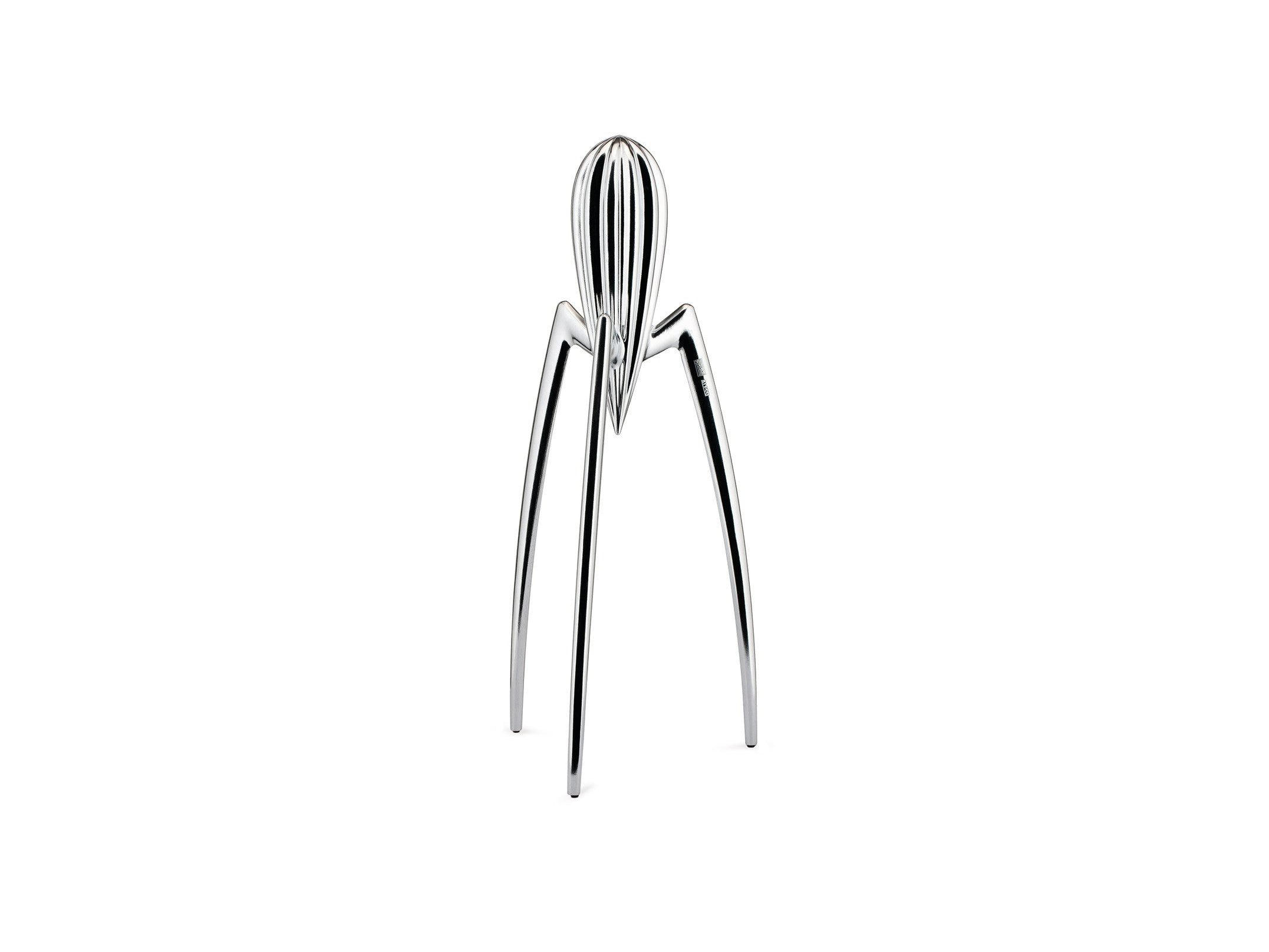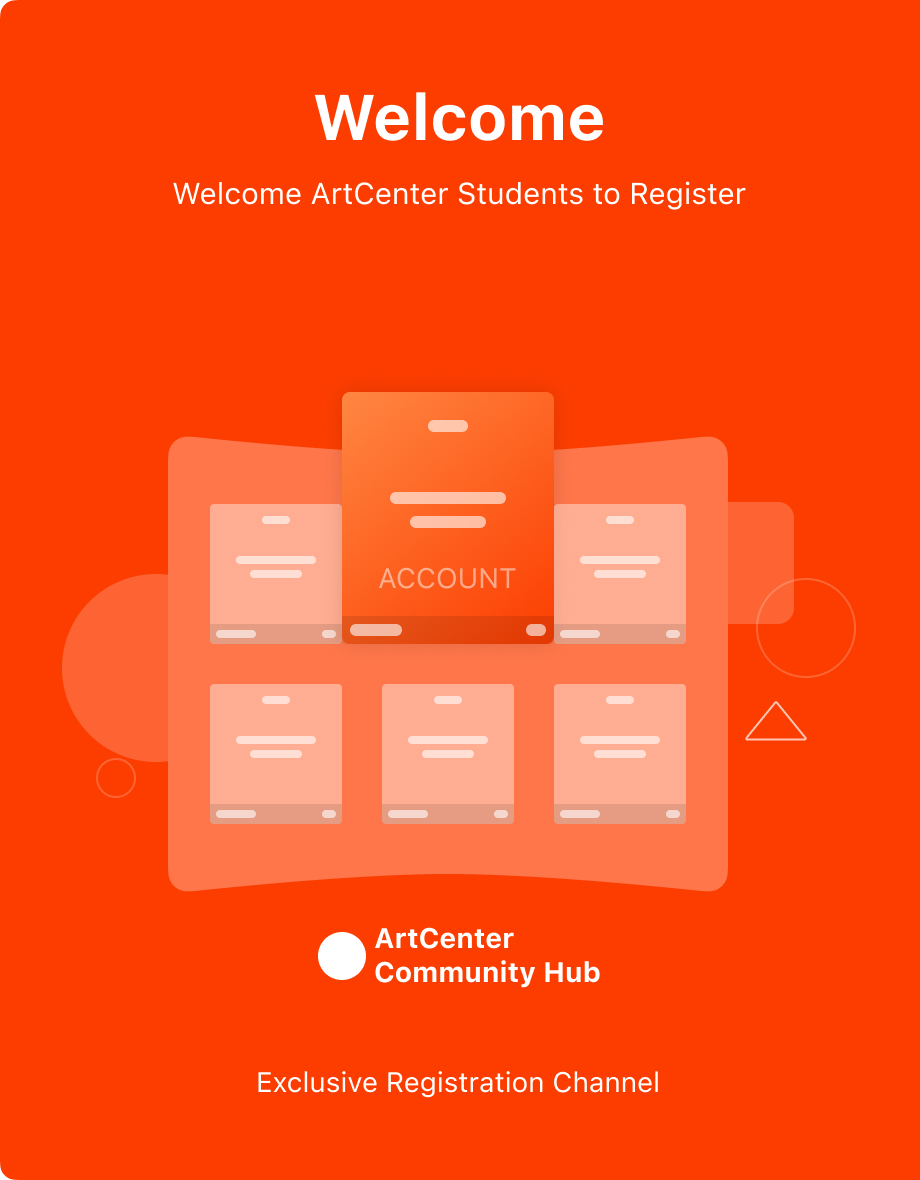Note: Reissue of Old Text
Time: 2017

When I first got ALESSI's alien juicer, the design team was very excited. This is a work that has entered the history of design. We cut the lemon and assumed the classic juicing posture-the cup was placed on the bottom and the lemon was squeezed on the top. It was really not easy to use. Even because the squeeze was too hard, the juicer flew out of the table.
We took various poses of this weird product and talked about various associations caused by this weird shape. We tried it and complained together that it was difficult to use, but it turned into a novel and pleasant experience.
Donald Norman mentioned this juicer in "Design Psychology". Most people who buy it do not really use it, but put it in the kitchen or living room. When guests come to the house, It will be an easy tool to open a chat topic.
When the physical object of this juicer was placed in front of me, I suddenly understood that its significance lies not in its function or practicality, but in that it draws a line between art and design, and determines the boundary between design and art.
The designer of this juicer, Philip Stark, changed the focus of the design from "functional items" to "people in need". It is hard to imagine that this design was in a cafe more than 30 years ago. Completed on napkins.
The focus of industrial design has been evolving from "things" to "people", and products are gradually stripping off their "tool" attributes. This trend will become more and more obvious. Modernism has completed a task called "the popularization of tools", that is, "I want to have what you have". The modernist style developed into an international style in the later period. To put it bluntly, everyone is the same and has no style. After the popularization of functions was completed, postmodernism appeared, called "I have different from what you have".
The characteristics of the object are constantly appearing and then constantly becoming "rightful". The first thing that appears is the function, basic function, better function, and even multi-function. When the products that satisfy the function flood the market, the function becomes no longer important. We will think that "a juicer can provide juicing function" It is reasonable, and then the appearance gradually appears.
"Appearance" is more complicated to say, because it is the carrier of the design concept. Here it only refers to the appearance of "it looks good". There are objective standards for "whether it looks good or not", such as proportion, contrast, harmony and unity. These objective aesthetic standards are controlled by designers, and consumers only need to choose a "I am different from you" appearance. We are now in the stage of "appearance" flooding the market, and continue to evolve forward. At the same time, the focus of design is gradually shifting from "things" to "people".
The industrial revolution opened a window and gave birth to the professional classification of "industrial design. Most of the first batch of designers migrated from architectural design. Some architects became full-time industrial designers, and some architects just made products conveniently. The tradition of architects doing industrial design has continued until now. ALESSI will find architects to do design from time to time, and Zaha has done high heels and desk lamps.
Now we are in another window, called the Internet, which gave birth to "interactive design". A large number of industrial designers have migrated to the field of interactive design. In fact, interactive design has always been accompanied by industrial design, but before the hardware and software are separated, interactive design is not complicated enough to require special personnel to be responsible. For industrial designers, one knob and one button are interactive, and it is far less complicated.
Architectural design is divided into industrial design, and industrial design is divided into interactive design. This process of differentiation continues, and the window opened by the Internet is still not closed. I once thought that industrial design would be replaced by interactive design, but later found out that it was not. I once thought that the intervention of the product manager had turned the industrial design into a "castrated version" of the design, but it was not. Product managers are closer to the market, and it is more reliable for them to summarize and explore the needs of users than designers. The demand derived by the product manager is specific, for a certain product, and is about the demand for things. The needs that designers should pay attention to are more general and human needs, such as Naoto Fukasawa's "unconscious design".
A bicycle parked on the side of the road has all kinds of garbage thrown into the basket by passers-. From the designer's point of view, we are not eager to criticize the poor quality of passers-by, but to consider why the garbage is in the basket and not on the ground, is the basket just on the sidewalk? Is the height of the basket just right for pedestrians to throw rubbish? Is the net material of the basket reminiscent of the trash can? These are the needs of people, the designer should focus on.
In the foreseeable future, industrial design will become more and more "professional". On the one hand, mass production of products is slowly "building", on the other hand, it is slowly "software". Products that are far away from human space are becoming abstract and invisible, hiding in walls and buildings, such as lamps. Other instrumental products are gradually being replaced by software, such as calculators. Except for professional financial personnel, few people have calculators in their homes. In fact, what we need is not a calculator but a solution that can help us calculate quickly. In most cases, what we need is not a specific item but a solution to the problem.
Specific requirements are provided by product managers, and the realization of functions is controlled by R & D engineers. "Appearance" is the ultimate carrier of requirements, functions and designer concepts. In addition to the function and appearance, in addition to the design centered on "things", there should be designs that designers can do and focus on "people.
I don't know exactly how to do it, because I am also exploring...

新用户?创建账号
登录 重置密码

请输入电子邮件以重置密码。
Seeing the teacher's opinion, I have a clearer view of the design direction field.